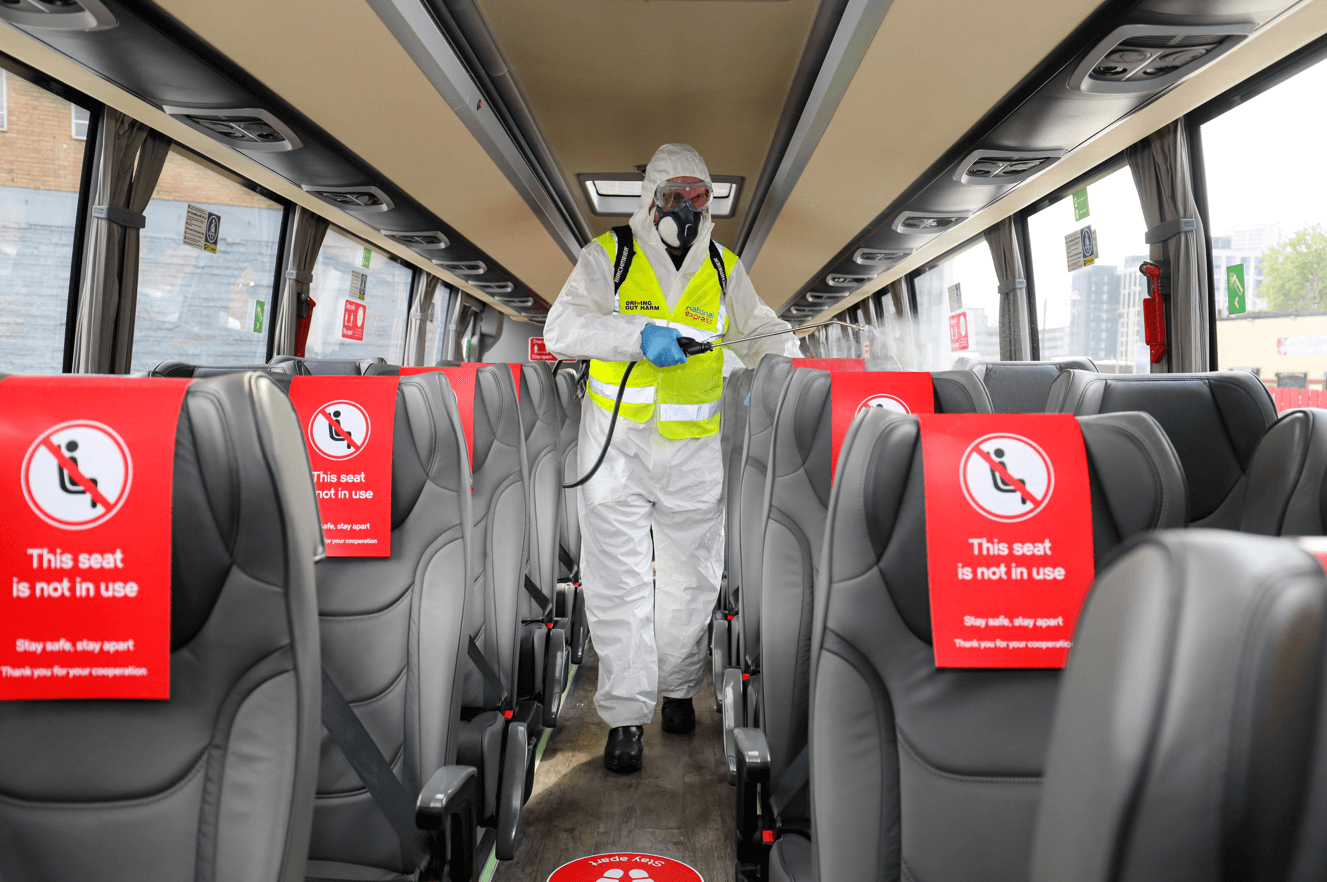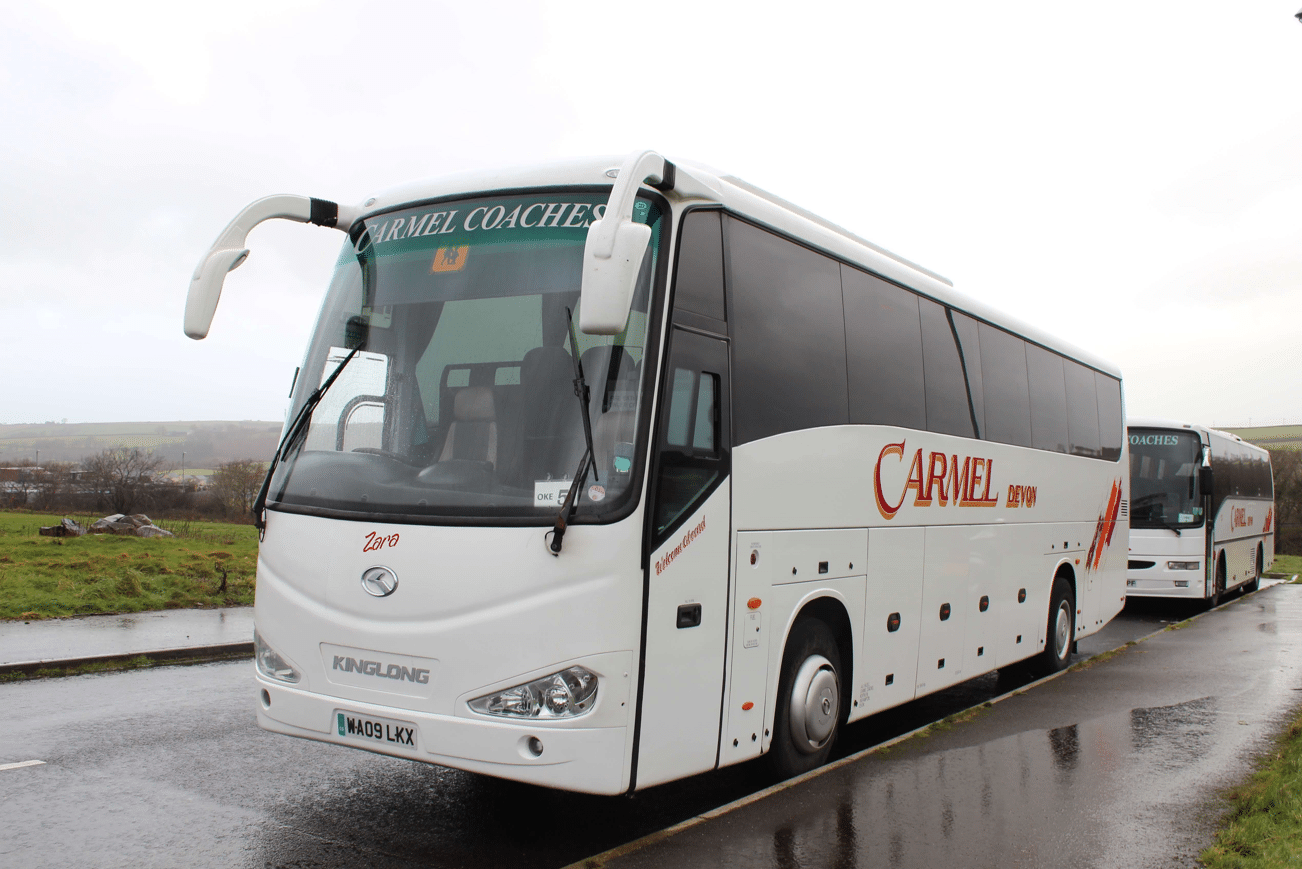With the appointment of a new Shadow Secretary of State for Transport, will the ‘contradiction at the heart of the government’s bus policy’ be exposed? Our man in Westminster hopes so…
We have a new Shadow Secretary of State for Transport, Louise Haigh, following Sir Keir Starmer’s recent reshuffle of his Shadow Cabinet. I hear very good things about her. Ms Haigh was the youngest MP in the Commons when she was elected as the MP for Sheffield Heeley in the 2015 general election. She takes on the transport portfolio having been Shadow Secretary of State for Northern Ireland.
Ms Haigh has a reputation for being a very hard-working MP and I’m told loses no time in getting to fully understand her brief, which is good to hear as I can see nothing that suggests she has any real knowledge of or interest in transport.
Let’s hope she gets stuck into the issues as her predecessor, Jim McMahon, didn’t strike me as somebody who made much of an effort. If the role of shadow ministers is to really scrutinise and critique government policy, then as far as I’m concerned Jim had very little impact.
‘Major policy failure’
Yet we need a Shadow Secretary of State that holds the government’s feet to the fire when it comes to transport policy, particularly bus policy. More so today given that we have a National Bus Strategy that is undeliverable relative to its ambition as I have repeatedly commented on.
We now know the Bus Service Improvement Plans that have been submitted are bidding for funding amounting to just shy of £8bn, so far in excess of the funding the government is making available. It’s almost farcical.
And let’s bear in mind that the support given to the bus operators to help them through the pandemic, which amounted to around £1.5bn, I believe, comes out of the £3bn pot the government consistently boasts about for supporting the bus strategy.
Have the local transport authorities been too ambitious in the plans they’ve submitted? Not a bit of it – they have simply taken up the challenge laid down by the bus strategy. There is a real mismatch between the ambition in the strategy and what local transport authorities have been encouraged to propose in their improvement plans, and the funding actually being made available.
So, we need a Shadow Transport Secretary to work hard to expose this as we are heading for a major example of policy failure, and I suspect many authorities and bus operators are going to have to cut services as a result. The government’s own role in this needs to be highlighted. The blame for cuts, if they come, cannot be laid simply at the door of authorities and operators.
Majority cut back
That said, I have some sympathy with the government too. The government must be a prudent guardian of the public purse and taxpayers’ money.
In today’s climate, public spending is always going to be an issue, so if the government decides supporting bus services must be strictly limited and is a lower order priority for subsidy compared to other areas of government spending, that’s fine by me. Just make that clear, and don’t come up with a National Bus Strategy that is so high on ambition it can’t be delivered for the subsidy available.
This contradiction at the heart of the government’s bus policy must be exposed and I hope Ms Haigh does a better job of this than Mr McMahon.
On the wider political front, the Conservative Party retained the Old Bexley and Sidcup parliamentary seat in a by-election on 3 December caused by the death of James Brokenshire. This is normally a rock-solid safe Conservative seat, which has always been held by the party since it was created. Its majority at the 2019 general election was almost 19,000.
Given all the problems engulfing the government, not least the re-emergence of concerns over “Tory sleaze”, there was always an expectation that the majority would be cut back, but the Conservatives saw its share of the vote drop by a massive 13%. It still retained the seat, but its majority has been slashed to 4,478, although the turnout was very low at just 33.5%.
Labour saw a healthy swing in its favour of 7.4% so it’s worth bearing in mind that a swing to Labour of just 4% at a general election would deprive the Conservatives of a parliamentary majority. A swing of 7% would be enough to enable Labour to form a coalition government with the SNP.
Swing to Labour
Of course, it is unwise to read too much into one by-election result and by-elections are often used by voters to protest the incumbent government. It may well be the case that the low turnout in this by-election was down to traditional Conservative voters staying at home in protest at events of recent weeks – a tax level not seen for 70 years once the National Insurance increases kick in next April, and much else besides.
And protest voters know their protest at a by-election won’t change the government itself. But that swing to Labour should have the Conservative Party sitting up and taking note.
But perhaps the more interesting aspect of this by-election was the total collapse in the Lib Dem vote. The party was beaten into fifth place with just 647 votes or 1.25% of the total votes cast. At the 2019 general election, it came third with 3,822 votes. This is a massive reversal of the party’s fortune compared to the Chesham and Amersham by-election when it swept the Conservative Party aside, overturning a Conservative majority of 16,223 to secure a majority of 8,028 – a swing of 25.2%.
This suggests that there is no sign of the Lib Dems achieving an electoral breakthrough. There’s another by-election on 16 December in Shropshire North, a seat held by the Conservatives since 1832. Let’s see what the voters here have to say.

























